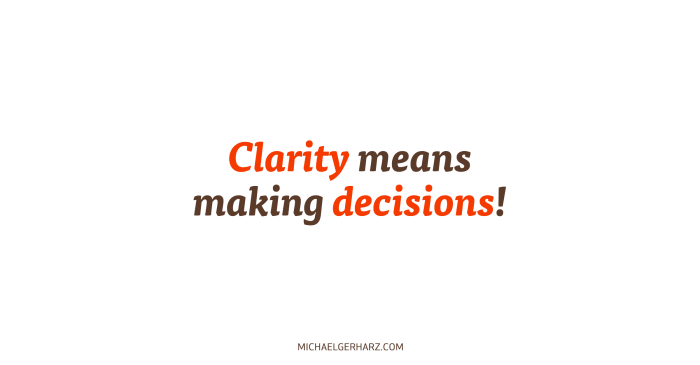Graphs provide clarity for making decisions about treatment, empowering healthcare professionals with a powerful tool for visualizing data, identifying patterns, and facilitating comparisons. By harnessing the visual representation of complex information, graphs enable informed decision-making, improved patient outcomes, and enhanced collaboration.
The intricate relationship between graphs and healthcare decision-making is a testament to their versatility and effectiveness. From uncovering meaningful insights to reducing uncertainty, graphs serve as an invaluable resource in the ever-evolving landscape of healthcare.
Visualizing Data

Graphs are powerful tools for representing healthcare data in a clear and concise manner. They provide a visual representation of complex data, making it easier to identify patterns, trends, and relationships. By leveraging graphs, healthcare professionals can make more informed decisions about patient care and treatment.
Types of Graphs in Healthcare
- Line graphs: Track data points over time, highlighting trends and changes.
- Bar graphs: Compare different categories or groups, showing the distribution of data.
- Pie charts: Depict the proportions of different categories within a dataset.
- Scatterplots: Examine relationships between two variables, identifying correlations and outliers.
Patterns and Trends: Graphs Provide Clarity For Making Decisions About Treatment

Graphs help healthcare professionals identify patterns and trends in data, providing insights into disease progression, treatment effectiveness, and patient outcomes. By analyzing graphs, clinicians can:
- Detect early warning signs of potential health issues.
- Monitor disease progression and adjust treatment plans accordingly.
- Identify outliers and investigate potential causes for deviation from expected patterns.
Case Study: Identifying At-Risk Patients
A study used graphs to analyze patient data and identify those at high risk for developing a chronic disease. By tracking key health indicators over time, graphs revealed patterns that allowed clinicians to intervene early and prevent disease onset.
Comparative Analysis
Graphs facilitate comparisons between different datasets, enabling healthcare professionals to assess treatment outcomes, identify differences between patient groups, and make informed decisions about resource allocation.
Designing Effective Comparative Graphs
- Use consistent scales and axes for fair comparisons.
- Highlight key differences and similarities between datasets.
- Consider using tables or bullet points to supplement graph-based comparisons for clarity.
Decision-Making Support
| Decision-Making Aspect | How Graphs Provide Clarity |
|---|---|
| Identifying treatment options | Graphs display different treatment outcomes, helping clinicians choose the most effective option. |
| Predicting patient outcomes | Graphs track patient data over time, allowing clinicians to anticipate potential risks and benefits. |
| Reducing uncertainty | Graphs provide a visual representation of data, making it easier to understand and interpret, reducing uncertainty in decision-making. |
| Enhancing confidence | Graphs provide evidence-based insights, boosting clinicians’ confidence in their decisions. |
Communication and Collaboration
Graphs are effective communication tools for healthcare professionals and patients alike. They simplify complex data, making it easier to understand and share insights.
Designing Clear and Concise Graphs
- Use clear and concise labels and legends.
- Avoid cluttering graphs with unnecessary details.
- Consider the audience when designing graphs, using appropriate colors and visuals.
Graphs for Shared Decision-Making
Graphs empower patients to actively participate in their healthcare decisions by providing them with a visual representation of their health data and treatment options.
Limitations and Considerations

While graphs are valuable tools, it’s important to be aware of their limitations:
- Graphs can be misleading if not interpreted correctly.
- They may not capture all the nuances of complex healthcare data.
- Biases can arise in graph interpretation, influencing decision-making.
Best Practices for Accurate Insights, Graphs provide clarity for making decisions about treatment
- Use multiple data sources to triangulate findings.
- Consider the context and limitations of the data.
- Seek expert guidance when interpreting complex graphs.
FAQ Explained
How do graphs enhance clarity in treatment decision-making?
Graphs provide a visual representation of data, making it easier to identify patterns, trends, and relationships. This visual clarity aids healthcare professionals in comprehending complex information and making informed decisions.
What are some common types of graphs used in healthcare?
Bar graphs, line graphs, scatterplots, histograms, and pie charts are commonly used graph types in healthcare. Each type is suited for different purposes, such as visualizing trends, comparing data, or displaying distributions.
How can graphs facilitate comparative analysis?
Graphs enable side-by-side comparisons of multiple datasets, allowing healthcare professionals to identify differences and similarities. This comparative analysis helps in evaluating treatment options, assessing patient outcomes, and making informed decisions.